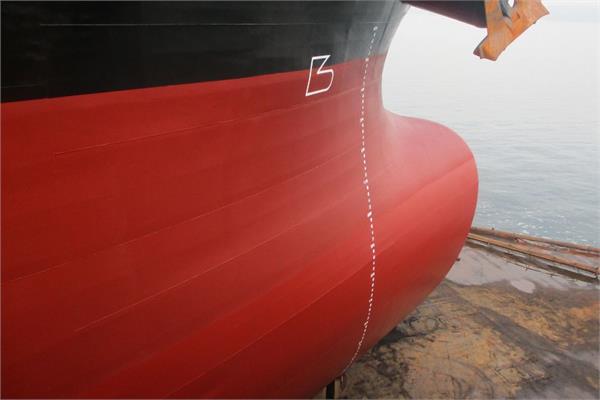
The sustainable, copper-free antifouling NEXEON™ 810 coating developed by PPG increases the performance of vessels, ensuring high performance throughout their operational life.
The international paints and coatings supplier PPG, through its Protective and Marine Coating Division, has launched NEXEON™ 810, an innovative copper-free antifouling coating developed with a strong emphasis on vessel performance, emissions reduction and sustainability.
NEXEON™ 810 can reduce fuel consumption and greenhouse gas (GHG) emissions, enabling ships to sustain higher speeds, helping shipowners and operators remain compliant with the Organization's Carbon Intensity Indicator (CII) requirements international maritime. As a matter of fact, the coating's unique formula can achieve up to a 25% total reduction in greenhouse gas emissions and supports 60 days of downtime resistance with minimal loss of speed.
“PPG Nexeon 810 coating provides the ultimate combination of advanced coatings technology with improved vessel performance and responsible environmental protection. Thanks to PPG’s sustainably advantaged product development process, our customers can enjoy easier application and improved coating performance across the operating life of their vessels,” has stated Joanna van Helmond, PPG global product manager, antifouling coatings, Protective and Marine Coatings.
NEXEON 810's binder technology ensures controlled and predictable solubility, ensuring high performance throughout the operational life of the vessel. Furthermore, the coating's copper-free technology features a significantly reduced biocide content, while its binding technology allows for gradual biocide release and close-to-surface use. Upon entering the water, the combined effects of sunlight and ocean bacteria trigger the decomposition of these organic biocides.
Lastly, PPG's new solution also allows for electrostatic application, a significant advantage that is not available in traditional antifouling coatings. Excellent transfer efficiency, achieved through electrostatic spraying, provides a uniform, ultra-smooth film as well as decreased overspray and waste - resulting in significantly reduced paint consumption and improved health and safety benefits compared to airless spraying.